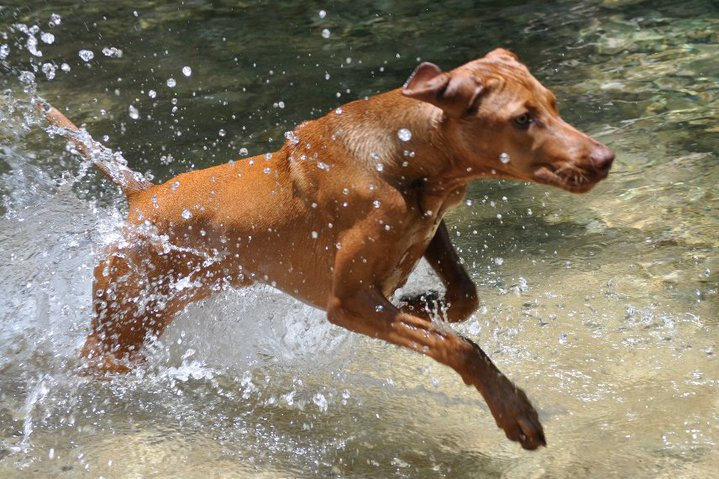 Teaching a new puppy to hunt is no easy task. However, hunting dog collars can help train dogs when you want to take them on hunting trips. But, many dog owners that use a remote training collar to train their dog to be a helpful hunting companion are criticized for using this training method because of the myths that surround this type of training device.
Teaching a new puppy to hunt is no easy task. However, hunting dog collars can help train dogs when you want to take them on hunting trips. But, many dog owners that use a remote training collar to train their dog to be a helpful hunting companion are criticized for using this training method because of the myths that surround this type of training device.
Myth One: Training Collars are Torture Devices
A remote dog training collar is simply a tool that applies a stimulus to a dog when they do something they shouldn't. While a training collar used incorrectly can cause the dog unnecessary pain, proper use makes these collars viable tools for helping a dog establish positive behaviors. When used properly, a training collar is like any other training tool, such as a leash, that an owner can use.
When a hunting dog is first fitted with their new training collar, it is essential that the owner find the right level of stimulus. The owner should gradually increase the stimulus level on the collar until the reaction causes the dog to prick up their ears or turn their head. If the dog yelps or whines in pain, the stimulus level is too high.
Myth Two: Training Collars are a Negative Training Technique
Many dog owners shun training collars because they view them as a negative training technique. However, the use of a training collar can be more positive than other training methods. For example, a dog owner that constantly tugs on their hunting dog's leash to get them to comply but gives them a treat after they do something right is simply confusing the dog and not getting anywhere.
Myth Three: Training Collars are a Training Shortcut
Training collars are simply an added source of reinforcement during a dog's training period. Like any other training technique, dog owners should ease into using this type of collar slowly in order to get optimal results. After the proper stimulation level has been set:
- Let the dog wander around in an unenclosed area
- Give the dog a recall command while activating the collar's stimulus
- Comfort the dog and teach them that calming down will shut off the stimulation
This initial training should be repeated until the dog starts to show a basic understanding of how the collar correlates to their actions. In order for this training period to be as successful as possible, dog owners should continue to perform this training in the same area.
Myth Four: Shock Collars Destroy the Relationship with the Dog
The relationship between a hunting dog and their owner is beneficial because they each do something that the other one can't. For instance, a dog can help their owner track down birds on a hunting trip but only their owner can bring them down to the ground. Training collars reinforce this relationship so that every hunting trip is as successful as possible.
Contrary to popular belief, training collars are not torture devices and are beneficial tools to help modify a hunting dog's behaviors. If used properly, training collars can help both the dog and their owner get the most out of the relationship they have with each other.







